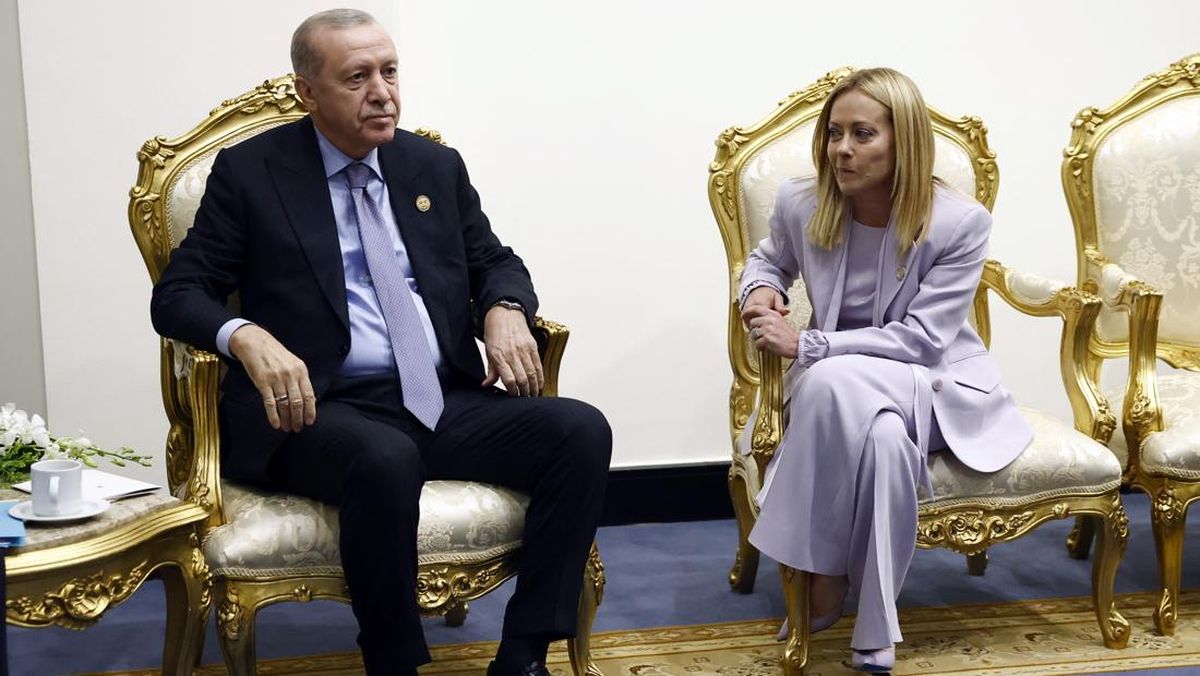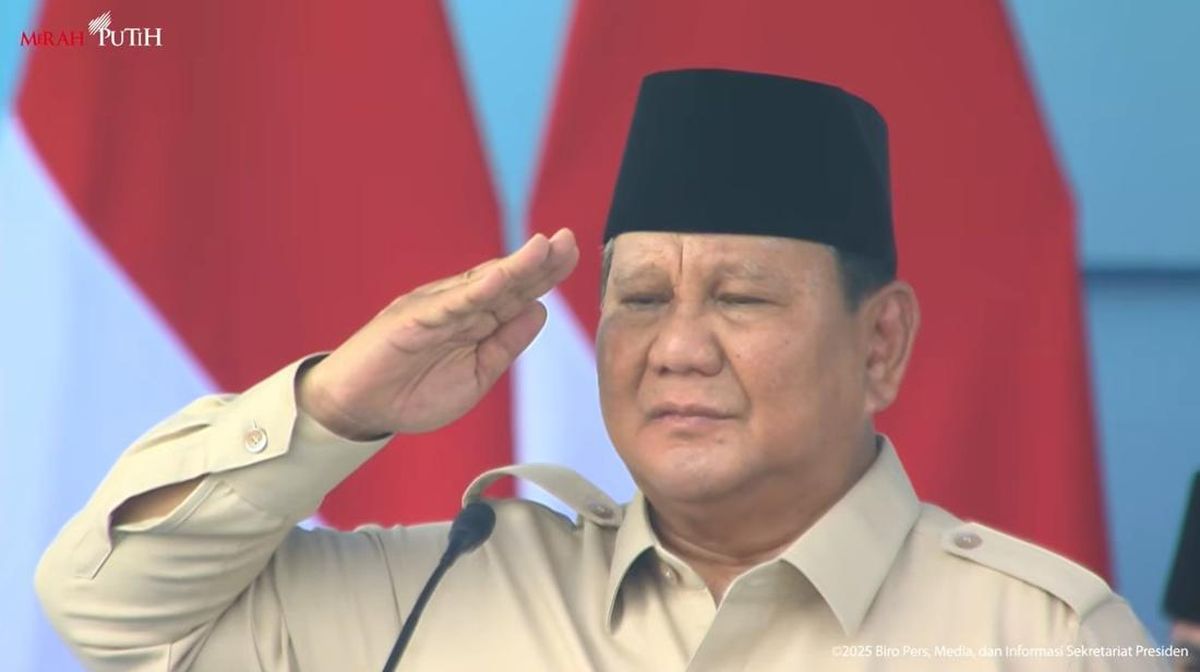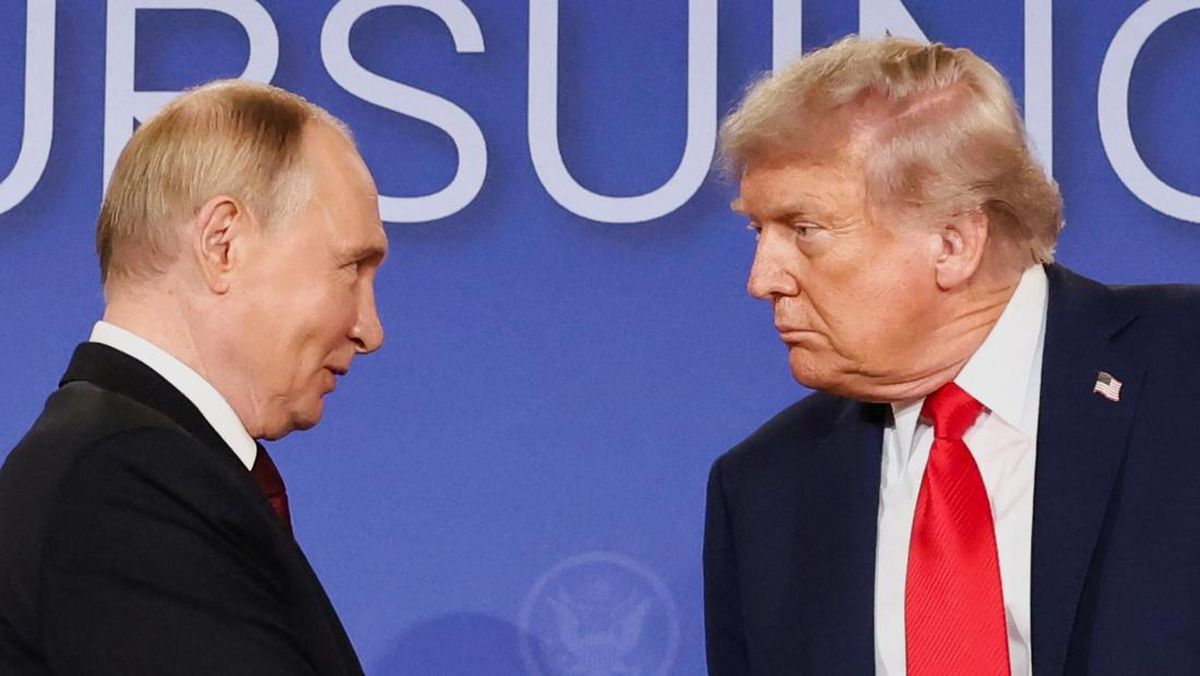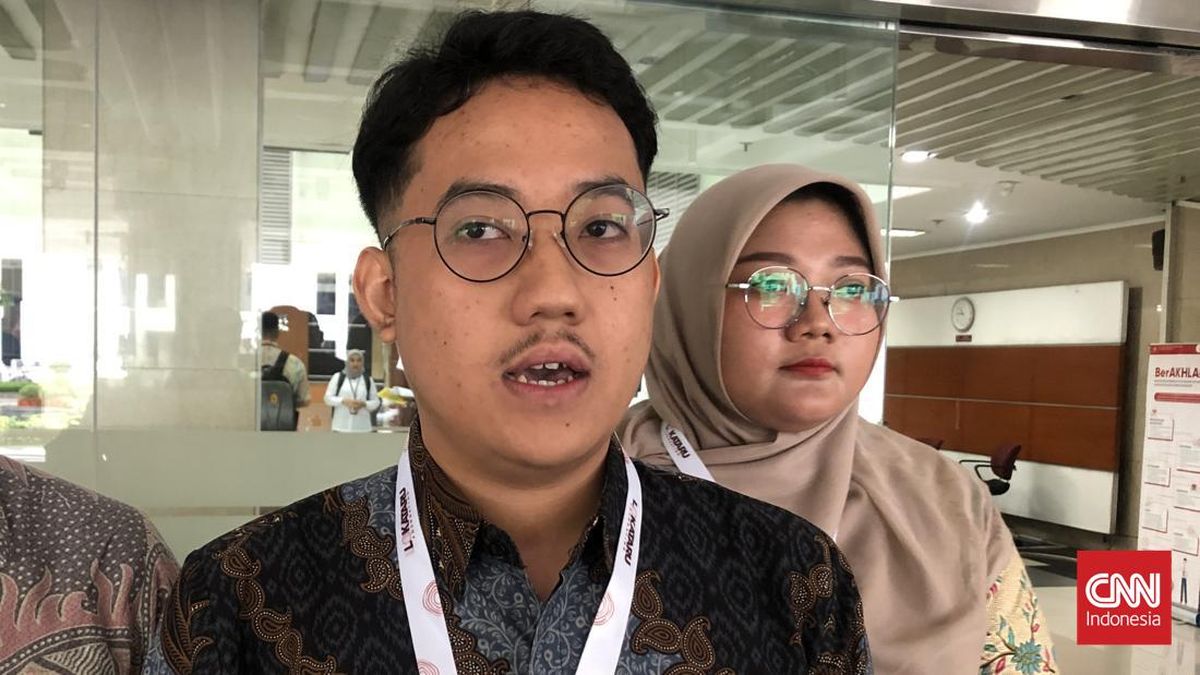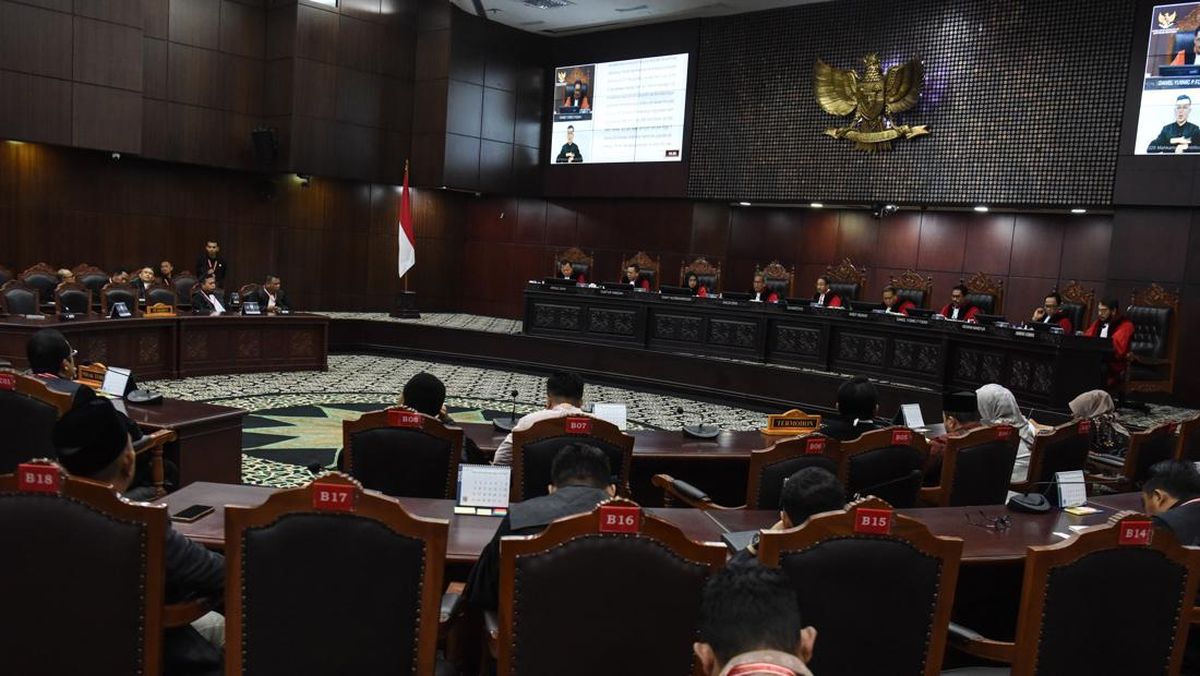Stefan Mauk wishes he was 10 years younger.
If he was coming through the A-League today at 19, Mauk would be one of the many young Australians being sold overseas for healthy transfer fees and given a shot at a career in one of Europe’s top leagues.
Instead, he’s just turned 30, and at a time when he should be earning the most money in his career, there’s never been less available to players his age in Australia. So he’s gone, having departed Adelaide United on loan to Vietnamese side Công An Hà Nội, a decision he unashamedly admits was mostly about the cash.
Mauk’s departure is part of a broader exodus. Of the top 50 players who recorded goal contributions – goals and assists combined – during the 2024-25 A-League season, almost half of them have left the league.
That includes seven of the top 10 – and the identities and stories behind those seven in particular say it all about the changing face of the competition, and the impact of its ongoing financial crisis.
Four of them are exciting young players, aged 23 or below, seeking to establish themselves abroad: Noah Botic (Western United to FK Austria Wien), Johnny Warren medallist Nicolas Milanovic (Western Sydney to Aberdeen) and joint golden boot winners Adrian Segecic (Sydney FC to Portsmouth) and Archie Goodwin (Adelaide United to Charlotte FC).

A significant number of the A-League Men’s best players from last season have left, including Stefan Mauk, Archie Goodwin, Marin Jakolis, Adrian Segecic.Credit: Stephen Kiprillis
The others are import players at the peak of their powers who, in a bygone era, might have stuck around and seen out their careers here, as did Thomas Broich, Besart Berisha, Diego Castro et al. But Marin Jakolis, after racking up a league-high 12 assists for Macarthur FC, has taken his talents to Armenia’s FC Noah, while Sydney FC weren’t prepared to offer striker Patryk Klimala the sort of money he’s now on at South Korea’s FC Seoul. Most surprisingly, English midfielder Zach Clough has traded Adelaide United for Selangor in Malaysia.
That leaves three. Two of them, Socceroos Brandon Borrello and Adam Taggart, are aged 30-plus and are probably better served staying put in a World Cup year. The other, Joe Lolley, could likely get more cash elsewhere but seems to love living in Australia. Good for him.
You can look at this from a number of angles. The younger ones leaving – Botic, Segecic, Milanovic and Goodwin – are a sign the A-League is actually humming along nicely and that, for the most part, clubs have figured out how to turn their top prospects into good money on the transfer market. That’s good for them, and it’s good for the Socceroos.

Adelaide United’s Stefan Mauk is spending this season on loan in Vietnam.Credit: Getty Images
But the inability to retain senior talent, and the resultant dilution of overall quality in the A-League, is a growing concern, and tough to swallow for fans who pay good money to see their teams contend for honours every season – particularly when those players are being lost to leagues that, with all due respect, the A-League probably shouldn’t be losing players to. Like Mauk, for whom a move to Vietnam wasn’t on his radar until, suddenly, it was.
After being contacted out of the blue by a Vietnamese player agent, Mauk decided the money on offer – and the chance to experience a new culture with his young family – outweighed the benefits of staying in today’s A-League.
As one of Adelaide’s highest earners, he figured the club would be happy to get his wages off the books – not to mention the loan fee they would receive, though whether that gets reinvested into the squad or used by the owners to cover their losses is another matter.
“What I was earning in Australia ... I was never going to earn more money than that [in the A-League],” Mauk says. “It didn’t matter how well I played, I was at the ceiling at that club. And obviously that’s not great as a player. You always want to be able to potentially earn more. And over here, I could play really well and probably double my salary.”
Experiences will differ for different players at different clubs. But for a player of Mauk’s vintage, he reckons the A-League simply isn’t what it used to be.
It’s part of what Mauk sees as a broader, worldwide trend in the game that can be traced back to COVID-19, which spooked clubs outside Europe’s top five leagues into slashing wage bills and rethinking recruitment. Faced with sudden revenue drops and the fear of another shutdown, many have abandoned big-money deals for older players in favour of cheaper, younger signings (usually academy products) with resale value. The “moneyball” approach, as Mauk described it, is the new normal in Australia.
From Mauk’s perspective, it has its drawbacks.
“It just doesn’t feel that exciting as an older experienced player in the league, with how it’s changing so dramatically,” he says. “I don’t think the league’s boring or anything like that – it’s great that we’ve got so many young kids coming through – but it does make it hard as an older player to be as excited. And that’s why coming to a place like [Vietnam], I felt like I just needed a new goal, a new objective, a new challenge.”

Adrian Segecic left Sydney FC to join Portsmouth in England.Credit: Getty Images
Mauk runs a weekly podcast called Football Friends with former Western United captain Ben Garuccio in which they discuss the ins and outs of the A-League, and have bigger-picture discussions about the state of the competition, the code, crowd numbers and club finances. They’ll have a fair bit to talk about on their next episode, with Garuccio’s club, Western United, having gone into “hibernation″ amid financial issues.
All of that is starting to weigh a bit too heavily. That’s the burden of being so passionate about Australian soccer as a player. When he was in Japan, Mauk didn’t have to concern himself with those topics and felt like he played with more freedom.
“There’s so many negative stories surrounding the league,” Mauk says.
“I love the game; I want the game to be good. And when you’re immersed in it, it kind of takes away your energy. You’re always so worried about crowds and any troubles that are going on.”
It’s not all bad. And Mauk was at pains to stress that. As Socceroos coach Tony Popovic recently noted, the A-League’s cash crisis has serious upside for young players. Every departure is an opportunity for someone else to step onto the conveyor belt and try to get bought. To some extent, everywhere except the Premier League (and a few big European clubs) is a selling league. You may as well lean into it.
Mauk does, however, have concerns about how prepared those young exports will be for Europe if they aren’t first shown the ropes by teammates who have been there and done it. He fears that the league has gone from one extreme to another, rather than striking a balance somewhere in between.
Indeed, there appears to be no appetite from the APL to strike a balance. From next season, a “hard” salary cap of just $3 million is set to be introduced, and clubs will be restricted to one marquee player, whose salary will sit outside the cap. Club sources anticipate that the 12 teams will have to part ways with at least three of their best players to comply. And Professional Footballers Australia, the players’ union, has no intention of agreeing to those measures, so an ugly industrial fight is on the horizon.
The days of big-spending clubs and starting XIs filled with premium talent and senior internationals are over. At times last season, Mauk was one of only three experienced players on the field for Adelaide, with most others about 21 or younger.
“I think I was born 10 years too early,” he says.
“Clubs are still going to sign older players, but the majority of the squads – I’d say 80 per cent – are now going to be made up of players 23 and under, which is great for them. But players from the age of probably 28 up until 34 … right now, we’ve kind of got the short end of the stick.”
Loading
Mauk is hopeful he’ll be able to finish his career in the A-League, preferably with Adelaide United. In an ideal world, Công An Hà Nội, or some other club in Asia, will buy him permanently at the end of the season, and he will spend the next three or four years broadening his horizons before coming home.
“I still love the club; I grew up supporting the club,” he says. “Even if I’m not there, I’m still watching every game and [am] interested in them. I want Australian football to succeed. But for me right now, I want to experience as much as I can before I do retire, and financially, to set my family up as well. The opportunity here [in Vietnam] is just too big compared to the Australian landscape right now with football.
“If I played AFL, different story.”
Most Viewed in Sport
Loading



